
BE THE FIRST TO KNOW
Subscribe to the Porto eCommerce newsletter to receive timely updates from your favorite products.
For the millions of individuals with allergies, creating a comfortable home environment that doesn't trigger allergy symptoms can be challenging. While many assume that hard flooring is the only option, the warmth and comfort of carpet remains appealing to many homeowners.
Fortunately, advancements in carpet manufacturing have created hypoallergenic options specifically designed to minimize allergen accumulation, making them an excellent choice for those with asthma or allergies.

In this complete guide, we'll explore the best carpet for allergy sufferers and how to choose the right carpet for your home if you or your family members suffer from allergies. From understanding how carpet fibers can trap dust and other allergens to discovering which materials offer natural hypoallergenic properties, this article will help you find the perfect carpet that combines comfort with a healthier home environment.
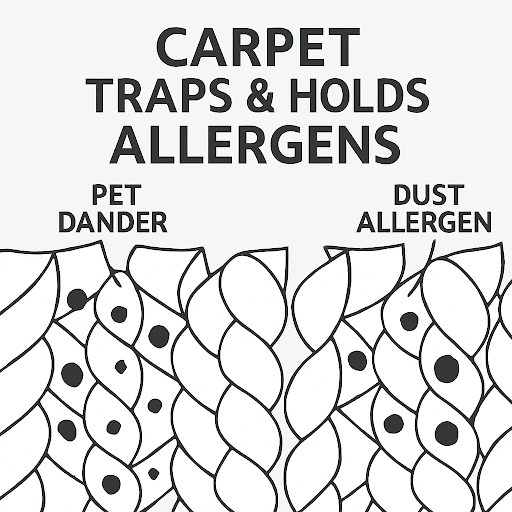
For allergy sufferers, the relationship between floor coverings and air quality is crucial. Traditional carpet has often been considered bad for allergies because carpet can trap allergens such as dust mites, pollen, and pet dander within the carpet fibers. These trapped particles can become airborne during normal household activities, triggering allergy symptoms and exacerbating asthma conditions.
However, not all carpets are problematic for allergy sufferers. Modern hypoallergenic carpet options are specifically designed to repel dust and allergens rather than harbor them. With the right type of carpet and proper carpet care, you can enjoy the comfort of carpet flooring while maintaining a hypoallergenic environment.
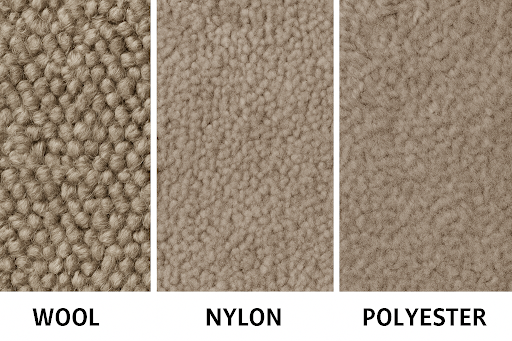
When searching for the best hypoallergenic carpet, the fiber material is perhaps the most important consideration for those with asthma or allergies. Certain fibers naturally resist allergens better than others, making them a good choice for allergy sufferers seeking the best option for allergy sufferers.
Wool Carpet: Naturally hypoallergenic due to its unique fiber structure.
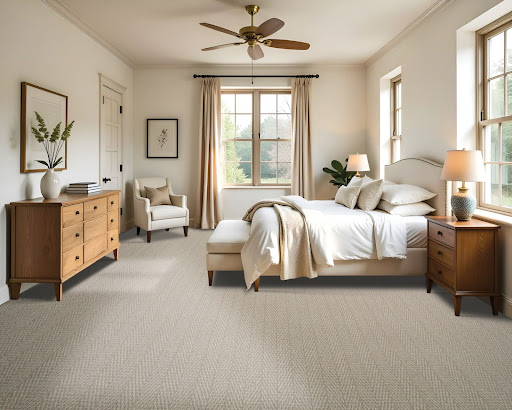
Synthetic Carpet Materials (Nylon and Polyester): Both offer excellent hypoallergenic properties.
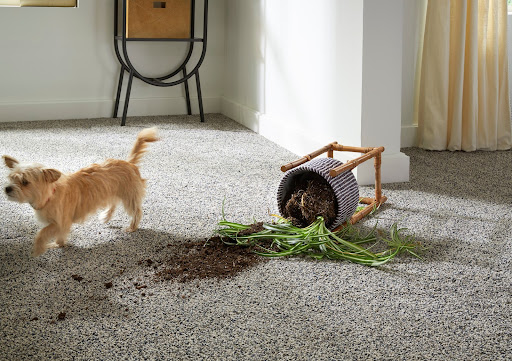
Beyond the basic material, several specific features make certain carpets better for people with allergies. When shopping for an allergy-friendly carpet, look for nylon carpets or other options with these characteristics:
Low pile carpets tend to trap fewer allergens than high pile versions. The shorter fibers give allergens less space to hide and make thorough vacuum cleaning more effective. Many experts recommend Berber or level-loop carpets for their tight construction and lower pile height.
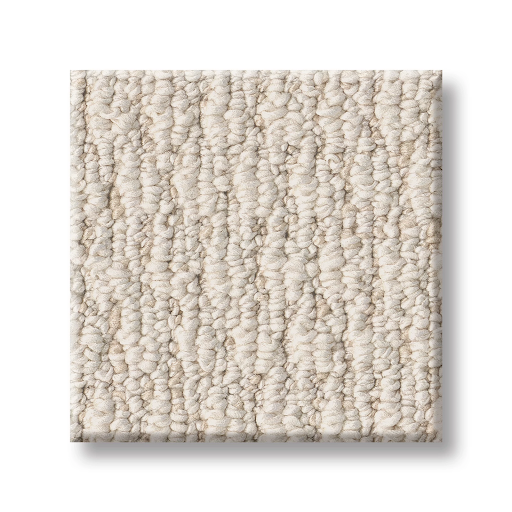
Carpet density also matters significantly. Denser carpets prevent allergens from penetrating deep into the backing, keeping potential irritants closer to the surface where they can be removed through regular carpet cleaning.
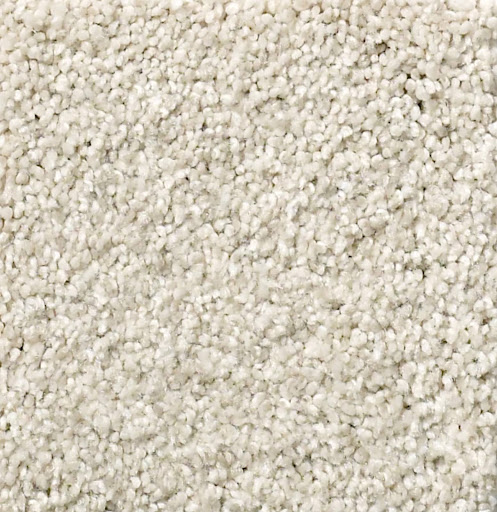
Don't forget about the carpet pad underneath. Antimicrobial carpet pads can prevent mold and mildew growth beneath your carpet, addressing a major source of allergy triggers like dust mites that often goes overlooked.
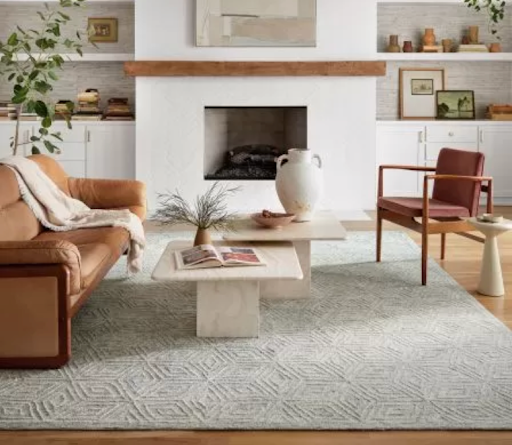
For those who prefer not to install wall-to-wall carpet but still want the comfort underfoot, hypoallergenic rugs offer an excellent compromise. The best rugs for allergy sufferers share many characteristics with their full-sized counterparts.
Look for natural materials with hypoallergenic properties such as wool, which has the added benefit of being naturally flame-resistant. Alternatively, synthetic rugs made from nylon and polyester often feature treatments that enhance their allergy-repelling capabilities.
An advantage of rugs is that they can be more thoroughly cleaned than installed carpet—most can be taken outside and beaten to remove deeply embedded allergens or even machine washed depending on the size and material.
Even the best hypoallergenic carpet requires proper maintenance to maintain its allergen-fighting capabilities. Regular and thorough cleaning is essential for those dealing with allergies or asthma.
Vacuum your carpet at least twice weekly using a vacuum equipped with a HEPA filter that can trap dust mites and other microscopic allergens rather than recirculating them into the air. For asthma and allergy patients, vacuuming when they are not in the room is advisable to avoid temporary increases in airborne particles.
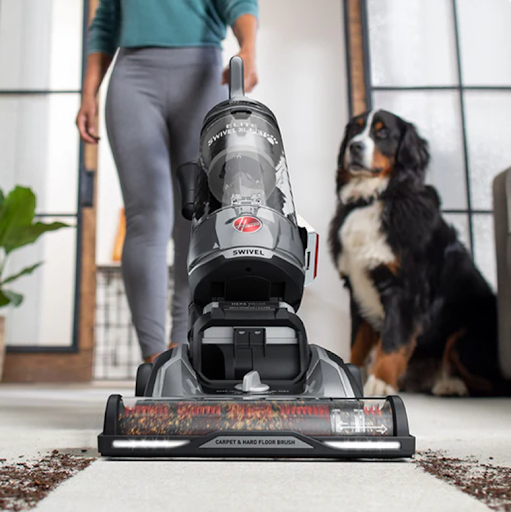
Beyond regular vacuuming, consider engaging a professional carpet cleaning company at least once annually. Professional carpet cleaning services can remove allergens that regular vacuums cannot reach, significantly improving indoor air quality.
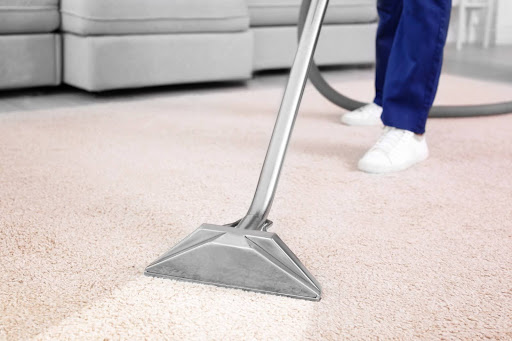
Different allergies may call for different carpet solutions. For example, if pet dander is your primary concern, choose a carpet that doesn't generate static electricity, which can attract hair and dander. If dust mites and mold are your main allergy triggers, focus on moisture-resistant options with antimicrobial treatments.
For those with asthma or serious allergy issues, consulting with an allergist before making your final selection can be helpful. They may have specific recommendations based on your particular allergy profile and severity.
When shopping, don't hesitate to ask for samples to take home. Living with a sample for a few days can help you determine if a particular carpet might trigger allergy symptoms before you make a significant investment.
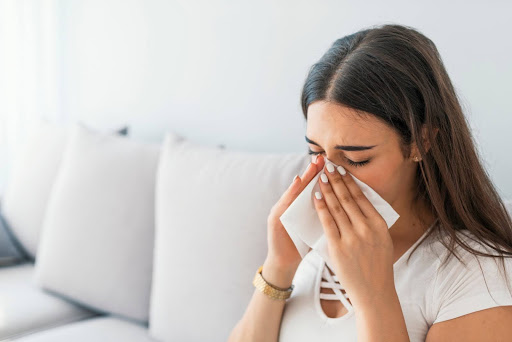
While we've discussed what to look for, equally important is understanding what to avoid when selecting the best option for allergy sufferers. Certain carpet features can exacerbate allergy symptoms regardless of the base material.
Steer clear of carpets with chemical treatments that aren't specifically designed to be hypoallergenic. Some stain-resistant treatments may contain chemicals that trigger allergy issues in sensitive individuals.
High-pile carpets, while luxurious underfoot, provide more space for allergens to accumulate. Similarly, loosely woven carpet fibers allow more dust and allergens to penetrate deeply, making them difficult to remove even with thorough cleaning, which can be problematic for those with asthma or allergies.
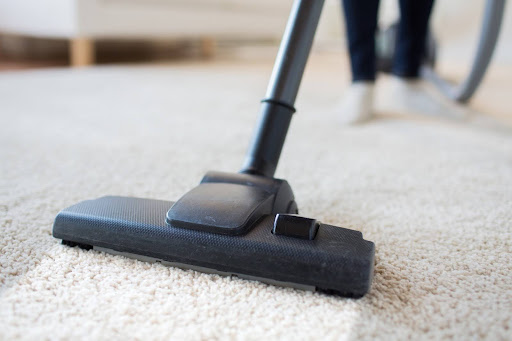
Carpets made from organic fibers other than wool (such as sisal or jute) might seem like natural choices, but they can be more difficult to clean thoroughly and may trap moisture that promotes mold growth.
Polyester, Triexta, and Wool Carpet, When choosing between synthetic and natural carpet materials, both offer distinct advantages for allergy sufferers. Here’s the quick breakdown to help allergy sufferers pick the perfect fit
Synthetic Carpets (Nylon, Polyester, & Triexta (Smartstrand)): Often favored for their durability and resistance to mold, making them a popular choice for allergy sufferers seeking long-lasting solutions. Nylon, polyester, and Triexta carpets are typically easier to clean thoroughly and can be manufactured with built-in antimicrobial properties, making them a great option for allergy sufferers.
Natural Carpet (Wool): Represents the premium natural hypoallergenic option. Its naturally repellent qualities make it difficult for dust and allergens to adhere to wool carpet fibers. While wool costs more initially, its exceptional durability and natural hypoallergenic properties may justify the investment for those with severe allergies who want to alleviate allergy symptoms without sacrificing style or comfort.
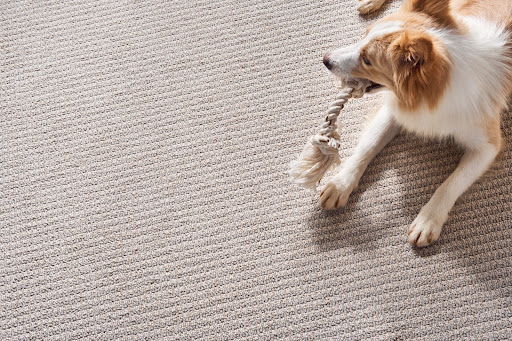
The debate between synthetic carpet and natural options often comes down to personal preference and budget. Either can be a good choice for allergy sufferers when selected with the right features and properly maintained.
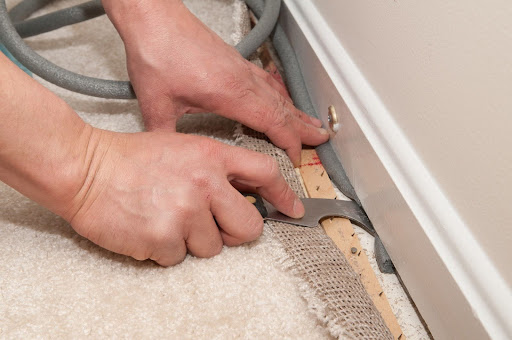
The installation process itself can impact how allergy-friendly your carpet will be. When installing new carpet flooring, consider these factors to enhance your hypoallergenic environment:
Choose a carpet pad that resists moisture and has antimicrobial treatment. The carpet pad beneath your carpet can significantly impact the overall allergen resistance of your flooring system.
Ensure proper ventilation during and after installation, as new carpets may could temporarily trigger allergy symptoms. Allow the new carpet to air out for at least 72 hours with windows open if possible.
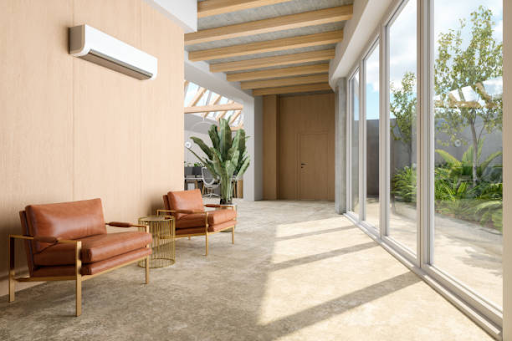
Consider professional installation to ensure tight seams and proper stretching, as improper installation can create spaces where dust mites and mold can accumulate within the carpet structure.
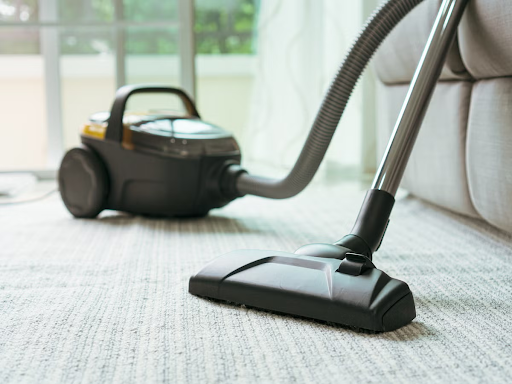
Nothing affects the allergen level in carpets more than regular, thorough cleaning. For individuals with allergies, maintaining clean carpets significantly improves indoor air quality.
Beyond standard vacuuming, consider using a steam cleaner or hot water extraction carpet cleaner every few months. Heat effectively kills dust mites and bacteria that might be living within the carpet fibers, which is crucial for individuals with asthma or allergies.
When using a carpet cleaner, opt for hypoallergenic cleaning solutions free from perfumes and harsh chemicals that could trigger allergy issues. For asthma sufferers particularly, chemical sensitivities can be as problematic as the allergens themselves.
Remember that drying time matters too—carpets that remain damp after cleaning can promote mold growth, creating new allergy triggers like dust mites. Use fans and dehumidifiers to ensure complete drying within 24 hours, as damp carpets can promote mold growth and exacerbate asthma or allergies.
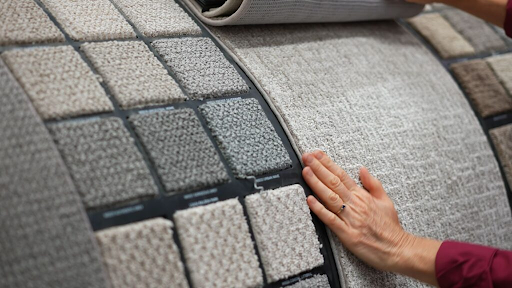
When it's time to make your final decision, ook for certification labels that indicate a carpet has been tested for VOC emissions and other potential irritants. The Carpet and Rug Institute's Green Label Plus program identifies carpets that meet strict criteria for low chemical emissions.
properties, comfort, durability, and aesthetic appeal, while also being the best option for allergy sufferers. Don't compromise on the hypoallergenic aspects, as even the most beautiful carpet won't be enjoyable if it triggers allergy symptoms.
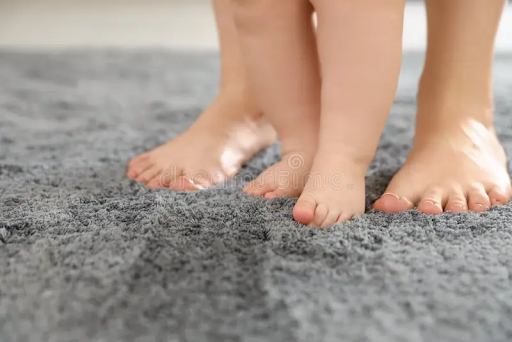
Need a head start? Carpet Exchange offers a wide range of carpet styles and materials, giving you plenty of choices to match your taste, room size, and budget.
Finding the best carpet for allergy sufferers doesn't mean sacrificing comfort or style for health concerns. With the right knowledge about carpet materials, construction, and care, you can choose a carpet that enhances your home while creating a hypoallergenic environment.
Whether you select wool for its natural hypoallergenic qualities, nylon for its durability and resistance to allergens, or another option entirely, the key is understanding how various carpets interact with common allergens and implementing proper maintenance routines.
By following the guidelines in this complete guide, you can enjoy the warmth and comfort of carpet while maintaining a healthier home environment that doesn't trigger allergy symptoms or compromise air quality.